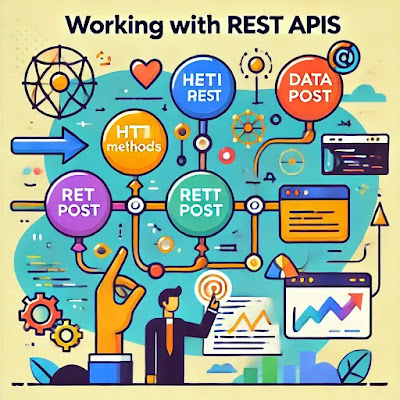React Basics: Building Your First React Application

React Basics: Building Your First React Application React Basics: Building Your First React Application React is a powerful JavaScript library for building user interfaces. Its simplicity and flexibility have made it one of the most popular frameworks in modern web development. In this article, we’ll guide you through the basics of React and help you build your first React application. What is React? React is an open-source JavaScript library developed by Facebook. It allows developers to create reusable UI components and manage the state of complex applications efficiently. Key features include: Component-Based Architecture: Build encapsulated components that manage their own state. Virtual DOM: Efficiently updates and renders only the necessary components. Declarative Syntax: Write code that describes what the UI should look like at any given time. ...





